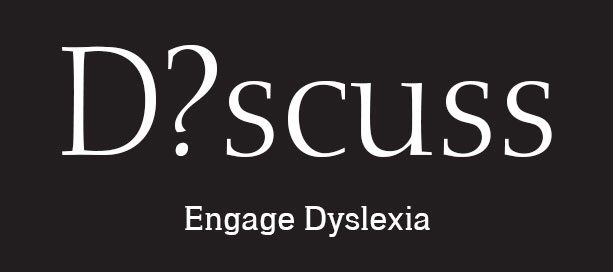The Dyslexic Workspace

One of our favorite topics here at Dyscuss is leveraging technology to help in dealing with dyslexia. A lot of that discussion centers around the advances that computing and digital technology has brought. It is very important, however, to take advantage of other aspects of our physical environment that can help us as well. This is the first in a series of articles on the Dyslexic Workspace where we will highlight ideas for putting together a workspace. As we often point out, this is not a one size fits all proposition but rather needs to be governed by ‘what works for you’.
Let’s start with some basics. I think it is safe to say that there are a set of practices that have evolved over the years that are represented by the typical office space that you’ll find in most corporate offices. It has slowly evolved to accommodate our use of computers in the workplace but still holds many characteristics of the pencil, paper and hardcopy files heritage that dominated school and office work for many years.
So what are some of the important considerations for the dyslexic workspace? Today’s workspaces are centered around the primary input and output devices, the keyboard and the screen. Although those devices are still important in the dyslexic workspace, they are supplemented by the speaker and the microphone. These two devices play a large role in the dyslexic workplace for text to speech and dictated commands and text. The dyslexic workspace has to make these devices and their easy use central to its design.
Most current workplaces are also left brain oriented. They are designed around left-brain tasks such as transactions, number crunching and analysis. The dyslexic mind often has more of a right-brain orientation. The dyslexic workspace needs to accommodate this need for open thinking and the formulation of ideas and recognition of patterns in data and information. This fundamental difference in mindset will likely drive many design aspects. Whiteboards and electronic capture of diagrams, doodles and hard copy text are essential and central to the design.
These key design considerations will frame our design. But the actual design will be driven by ‘what works for you’. Each of us has different approaches to our work. There are also a number of other details that we’ll get into in future articles.
In the meantime, we’d like to hear from you about your ideas and what unique twists make your workspace special.
